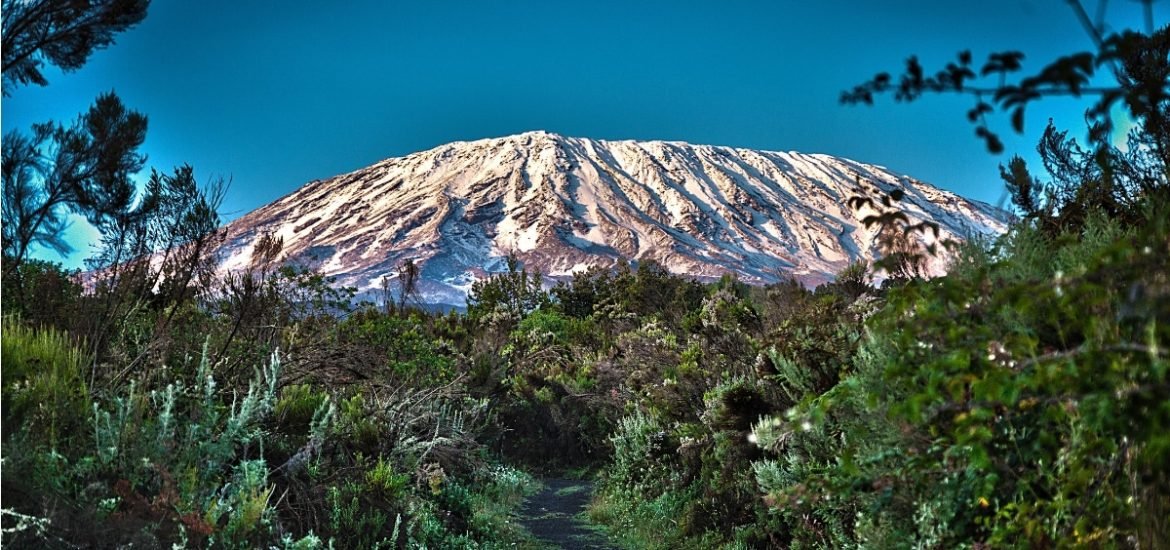
The intensity of biodiversity and ecosystem changes owing to land use may largely depend on climate. In particular, the climatic environments of tropical mountains change dramatically with elevation, which the authors write, “may mitigate or amplify the effects of land use.” The study, published on 27 March in Nature, explored how interactions between climate and land use alter the biodiversity and ecosystems on Africa’s largest mountain, Mount Kilimanjaro (1).
As climate change accelerates, tropical mountains have become even more important as centres of biodiversity, and increasingly provide refugia for many species that were once far more widespread. Many of these plants and animals are crucial to sustaining all life on the planet by providing ecosystem services such as pollination, pest control, soil formation and maintenance, carbon sequestration, purification and regulation of water supplies.
Despite covering less than 10 per cent of the Earth’s land area, tropical mountains support around 70 per cent of the global bird diversity and account for approximately 50 per cent of the global biodiversity hotspots, according to the authors.
However, tropical mountain landscapes are dramatically changing as a result of increasing human populations, intensification of agriculture, and the exploitation of natural resources. While the consequences of land-use changes on global biodiversity and ecosystem functions are now well-documents, the negative effects on mountain environments remain poorly understood. This is mainly due to the rapidly changing climatic conditions of the changing elevations.
As the authors write, “An understanding of the interplay of multiple drivers will be necessary to mitigate the far-reaching consequences of global change for tropical mountains, and the human populations that rely on their ecosystem services.”
Mount Kilimanjaro has an elevation range of 700 to 5,895 meters and supports several major natural ecosystems found in tropical Africa, including lowland savannahs, montane forest belts, and afro-alpine ecosystems. In the foothills, corn is the most widely grown crop, while coffee is cultivated in the highlands, as well as a mix of forests and grasslands for livestock grazing.
To explore the additive effects of both climate and land use, the international team of researchers, led by Julius-Maximilians-Universität Würzburg (JMU) in Bavaria, Germany, measured the biodiversity of plants, animals, and soil microorganisms at 60 study sites covering all the major natural ecosystems, as well as human ecosystems, found on the southern slopes of Mount Kilimanjaro. They also examined ecosystem functions provided by these species, such as soil nutrient contents, pollination, and leaf decomposition.
To quantify land use, the researchers combined four variables ― percentage plant biomass removal, agricultural inputs, changes in vegetation structure, and percentage agricultural area in the surrounding landscape ― into a single human land-use intensity index.
The results show a significant loss of biodiversity and modified ecosystem functions due to land use. Furthermore, the magnitude of these changes varies in different elevation zones ― the arid lowlands and the cold montane zone are most affected.
Larger losses of plant and animal species richness in the arid lowlands occurred in humid submontane and montane zones owing to increasing land-use intensity. Land-use changes significantly alter plant, animal, and microorganism communities. The authors also found that temperature, precipitation, and land use jointly contribute to soil properties, nutrient turnover, greenhouse gas emissions, plant biomass and productivity, and animal interactions.
While technology can make agriculture more efficient, the rapid growth of the global population is increasing land use worldwide. This is accompanied by unprecedented changes in the World’s biodiversity and ecosystem services owing to climate change and other factors. Thus, adopting more sustainable practices will be crucial to preserving the plant and animal populations, and their ecosystem functions, in mountainous regions and elsewhere.
(1) Peters, M.K. et al. Climate–land-use interactions shape tropical mountain biodiversity and ecosystem functions. Nature, 2019; DOI: 10.1038/s41586-019-1048-z